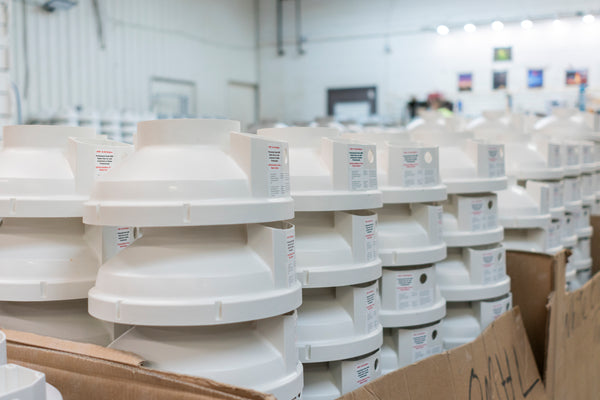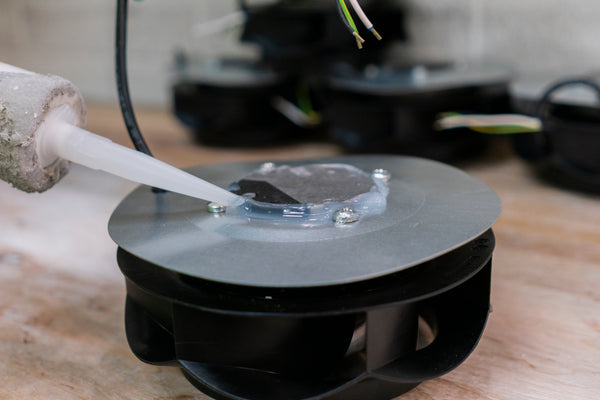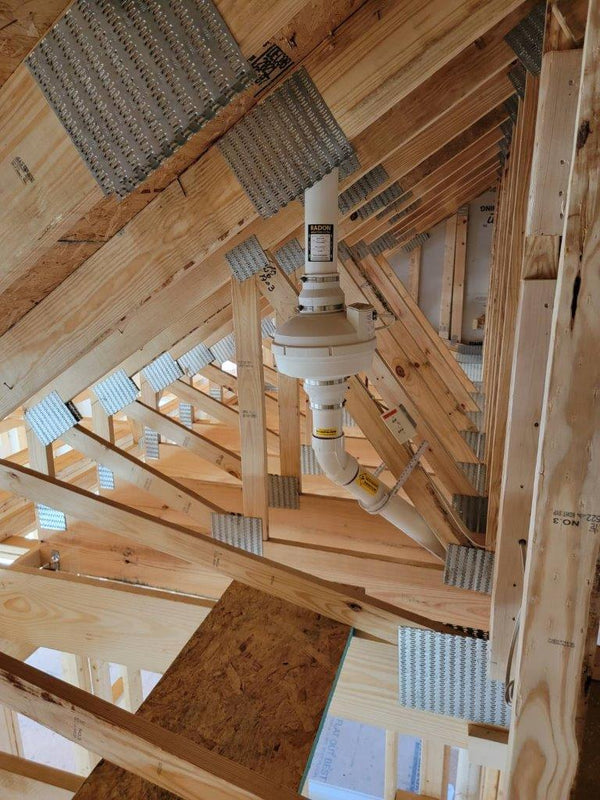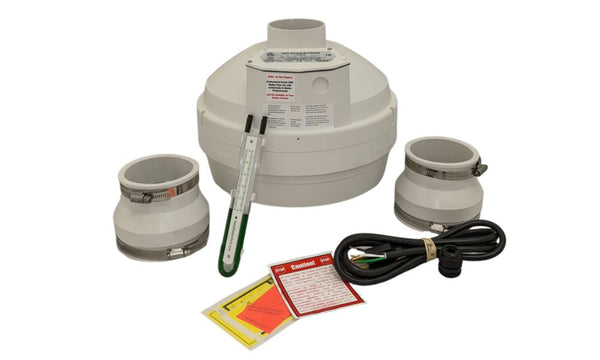
The Differences Between Radon in Water vs. Air
Radon is a colorless, tasteless, and odorless radioactive gas that can enter the home and linger there, sometimes for many years. Additionally, the effects of radon usually aren’t immediately felt. Over the course of 20 years, however, an individual can breathe in or ingest enough radon to cause adverse health effects, including lung and stomach cancer. So, how can you tell if there’s radon in your water or air and the differences between them? Here are some basic facts to help put you at ease or help you prepare.
Radon in Air
Radon is the byproduct of the decay of radium underground. As it breaks down it releases radon gas, which slowly works its way up through the soil and into the air. As it rises, it can enter into a home through cracks in the foundation. Radon that’s entered a home usually settles in the basement or cellar, but can rise into upper levels over time. If breathed in, the radioactive gas can cause lung damage and eventually lead to respiratory diseases, including lung cancer.
What to Do
If you suspect radon gas is present in your home, make an appointment with a licensed radon testing professional. They’ll conduct radon detection tests and make recommendations based on what they find. There’s no safe amount of radon, but the EPA often recommends taking steps if more than four picocuries per liter (pCi/L) are detected. If radon is found in your home, you may need to install a radon mitigation system. The system funnels the rising gas away from your home using a radon mitigation system fan.
Radon in Water
In addition to air, rising radon gas has the potential to enter an area’s water supply. Because it's sourced underground, well water is most susceptible to radon contamination. If the tainted water is ingested, it can cause damage to the stomach and other organs. However, an even bigger danger comes when water that has been contaminated by radon gas is used in bathing, cooking, and washing. When released by a faucet or shower head, the gas can escape the water and become present in the air.
What to Do
You’re at far less risk of encountering radon in your water than you are in your home’s air. However, eliminating the risk of ingesting radon-tainted water is still worth the effort. Again, if you have concerns about the presence of radon in your home, testing is a necessity. A licensed radon testing professional will check your water supply to see if the radon content exceeds 301 to 4,000 pCiL. If radon is detected in your water, a granular activated carbon (GAC) filter system or aeration system that separates the radon from the water and releases it outdoors is a wise investment.
Knowing the differences between radon in your air and water and what to do about it is half the battle. If you have concerns about radon in your home, contact us for a consultation!

